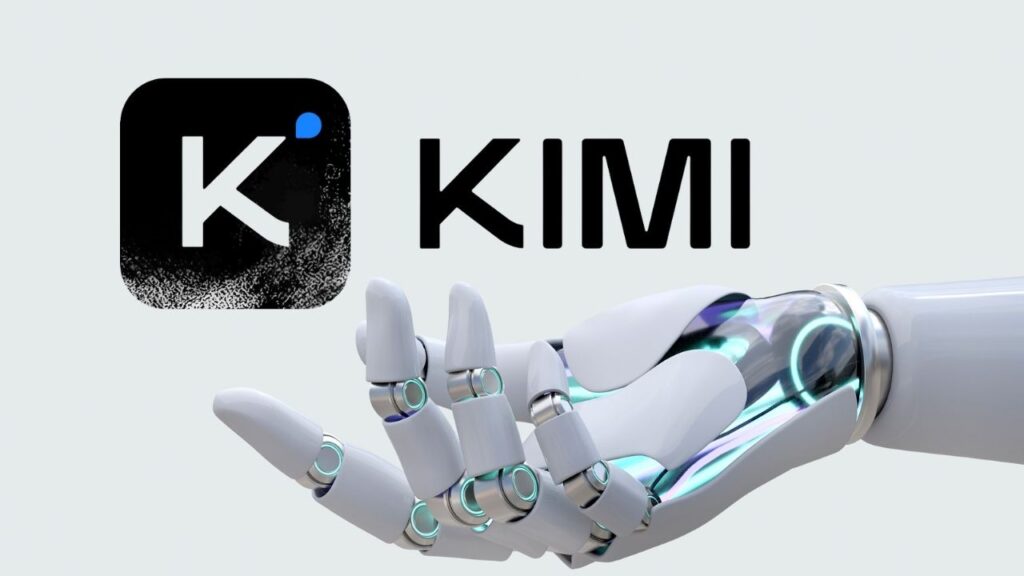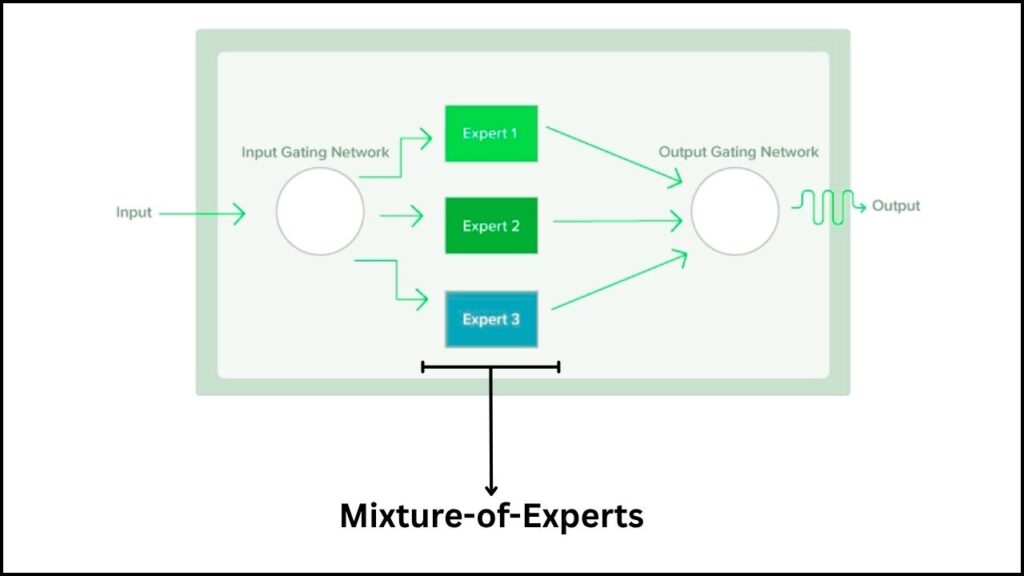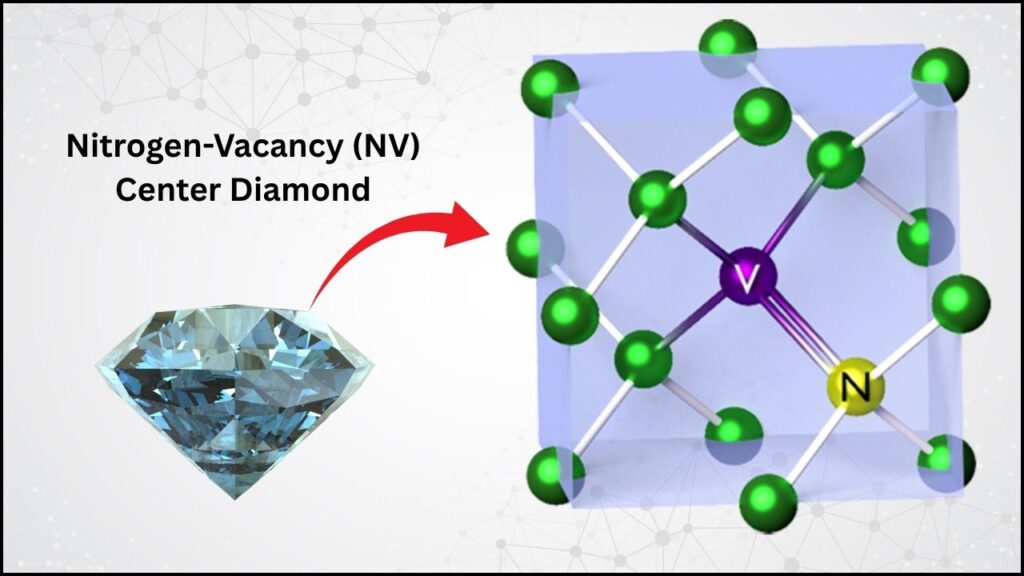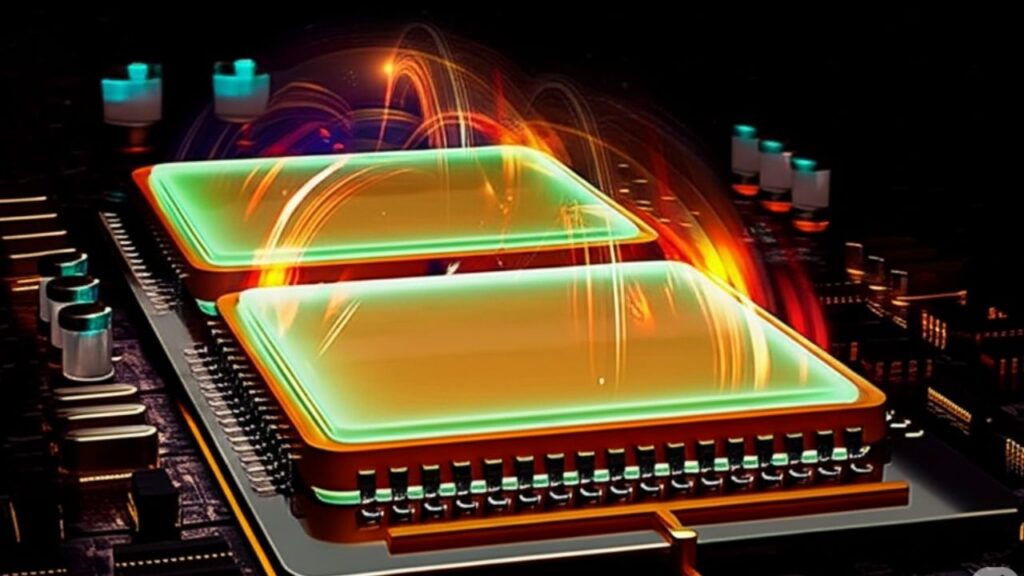Artificial intelligence is moving at a breathtaking pace, and the story of Kimi K2—the latest large language model from Chinese startup Moonshot AI—is making waves around the world. Released in July 2025, Kimi K2 is not just another chatbot. It’s a massive, open, affordable, and smart model that challenges the best AI offerings from the United States and Europe.
Unlike most powerful AI systems, which are locked behind paywalls and corporate ownership, Kimi K2 is open-source. That means anyone, from researchers to hobbyists, can download it, study how it works, and even modify it for their own needs. Just one day after its release, Kimi K2 became one of the most downloaded models on Hugging Face, a global platform for open AI. Researchers are calling its debut “another DeepSeek moment,” a reference to the previous shockwave when China’s DeepSeek released its groundbreaking R1 model.

The excitement is well-deserved: Kimi K2 not just matches, but often outperforms top proprietary models like OpenAI’s GPT-4.1 and Anthropic’s Claude Opus 4 in coding, reasoning, and creative writing. It’s also more affordable, with API access costing just a fraction of what you’d pay for those leading Western AIs. This combination of performance, openness, and price is why so many people—inside and outside China—are paying attention.
Table of Contents
Kimi K2
| Feature | Kimi K2 Details | What It Means |
|---|---|---|
| Created by | Moonshot AI, backed by Alibaba | Strong financial and technical support |
| Model Type | Mixture-of-Experts (MoE) with 32B activated, 1T total parameters | Massive brainpower, but efficient to run |
| Training Data | 15.5 trillion tokens | Huge knowledge base, trained on diverse content |
| Context Window | Up to 128,000 tokens | Can handle entire books, long documents, or big codebases in one go |
| Open-Source | Yes—free to download, modify, and build on | Researchers, developers, and students can tinker for free |
| API Access | Cheap—about 10x less than GPT-4.1 | Affordable for startups, businesses, and schools |
| Benchmark Performance | #1 among open models, exceeds GPT-4.1 in coding, matches in math and reasoning | Proven leader for coding, STEM, and creative tasks |
| Agentic AI | Designed for tool use, multi-step reasoning, and autonomous workflows | Can act like a smart assistant, not just a chatbot |
| Use Cases | Code generation, tutoring, business automation, research, data science | Versatile for many industries and learning paths |
| Official Site | Moonshot AI: Kimi K2 (https://moonshotai.github.io/Kimi-K2/) | More info and direct access |
Kimi K2 is more than a technical breakthrough—it’s a cultural and strategic moment in the global AI race. It’s proof that open, affordable, and powerful AI is not just possible, but already here—and it’s changing how we learn, work, and innovate. Whether you’re a student curious about the future, a business owner looking to automate, or a researcher pushing the boundaries of what AI can do, Kimi K2 is your invitation to the next wave of artificial intelligence.
What Is Kimi K2, Exactly?
Kimi K2 is a mixture-of-experts (MoE) large language model. That’s a mouthful, but here’s what it means in plain language: Imagine a team of 384 specialists. When you ask Kimi K2 a question, it picks the best 8 experts—out of those 384—to answer. Instead of turning on all 1 trillion possible “brain cells” (parameters) for every task, Kimi K2 only uses about 32 billion at a time. This sparse activation makes it much more efficient—fast, affordable, and green—than traditional “dense” models of the same size.

Inside, Kimi K2 is a transformer model with 61 layers and 64 attention heads—allowing it to process and understand a huge amount of information at once. It’s trained on 15.5 trillion tokens, which is about 30 times the size of the English Wikipedia. The model’s attention span, or “context window,” is up to 128,000 tokens—meaning it can remember and reason about very long documents, conversations, or programming projects in one go.
Stable Training: Training massive models can be unstable, but Moonshot AI used a proprietary MuonClip optimizer to keep everything running smoothly—a technical feat in itself.
Model Variants:
- Kimi-K2-Base: The raw model, ideal for researchers who want full control to adapt and customize.
- Kimi-K2-Instruct: Optimized for chat, coding, and agentic tasks—ready to use out of the box for most real-world applications.
How Does Kimi K2 Really Perform?
Benchmark results show that Kimi K2 is not just big—it’s smart. Here’s a quick look at how it stacks up:
- Coding: Kimi K2 scored 65.8% on SWE-bench Verified, a tough benchmark that tests AI’s ability to fix real coding bugs and navigate repositories. That’s far better than other open models (DeepSeek-V3: 38.8%, Qwen3: 34.4%) and is highly competitive with leading proprietary models.
- Empathy and Creativity: Kimi K2 is **#1 on EQ-Bench3 and Creative Writingoutpacing both open and closed AI models in understanding emotions and crafting compelling stories.
- Tool Use and Reasoning: On AceBench (a test of multi-tool orchestration), Kimi K2 scored 76.5%—meaning it can plan, call APIs, use software tools, and complete complex, multi-step tasks autonomously. This is what sets it apart from simpler chatbots.
- Math and STEM: In math reasoning and STEM benchmarks, Kimi K2 is often neck-and-neck with proprietary leaders, sometimes even pulling ahead.
API Pricing: Kimi K2’s API is about 10 times cheaper than OpenAI’s and Anthropic’s—making it accessible for startups, small businesses, and even individual experimenters. You can run the model on your own hardware, use it via cloud providers (like Together AI), or experiment with free public demos.
Why Is Kimi K2 Called “Agentic”?
Kimi K2 is not just a chatbot. It’s an AI agent, meaning it can act autonomously—planning, making decisions, using software tools, and even writing and running code. For example, it can:
- Debug complex code by reading a whole codebase and suggesting fixes.
- Automate business workflows—schedule meetings, draft emails, analyze data.
- Tutor students in math, science, and programming, adapting to each learner’s pace.
- Summarize research papers or generate technical reports automatically.
- Build websites from scratch just by describing what you want in natural language.
These agentic capabilities were carefully trained into Kimi K2 using synthetic data that simulates real-world tasks—booking flights, cleaning datasets, assembling workflows, and more. The model can even evaluate its own performance and learn from simulated user feedback, making it a powerful assistant for many jobs.
How Can You Get Started With Kimi K2?
Whether you’re a student, a developer, a researcher, or a business owner, Kimi K2 is built to be accessible. Here’s how you can start experimenting and building:
- Download the Model: The full model is available on Hugging Face and other open-source platforms. You’ll need some technical know-how if you want to run it locally, but you can also try smaller, lighter versions.
- Use the API: Cloud providers like Together AI let you use Kimi-K2-Instruct with a few clicks—no setup or expensive hardware needed.
- Build Applications: Many developers are already making apps, chatbots, and automation tools powered by Kimi K2. The possibilities are vast—imagine a coding tutor for kids, a business assistant for startups, or a research assistant for scientists.
- Join the Community: Share your projects, ask questions, and learn from others on Hugging Face, GitHub, and tech forums.
Kimi K2 vs. Other Leading AI Models
| Model | Open Source? | Best For | Performance Highlights | Cost/Access |
|---|---|---|---|---|
| Kimi K2 | Yes | Coding, reasoning, agentic tasks | #1 among open models, matches/exceeds GPT-4 in many tasks | Free to download, low-cost API |
| GPT-4.1 | No | General chat, coding, writing | Broad skills, strong coding, expensive | High, proprietary |
| Claude Opus 4 | No | Reasoning, customer service | Strong reasoning, expensive | High, proprietary |
| DeepSeek R1/V3 | Yes | Research, experimentation | Strong open model, improving fast | Free/open-source |
| Grok 4 | No | Multi-agent, academic Q&A | Academic, multi-step tasks | High, subscription |
Real-World Use Cases
Kimi K2 is already powering real applications across industries. Here are just a few examples:
- Software Development: Automate code reviews, generate and debug code, build web apps from natural language instructions.
- Data Science: Clean datasets, generate reports, visualize data, automate machine learning pipelines.
- Business Automation: Schedule meetings, draft emails, integrate with CRMs, generate business insights.
- Education: Tutor students in STEM, generate quizzes, power interactive learning assistants.
- Research: Summarize papers, conduct literature reviews, fine-tune for scientific domains.
One fintech startup uses Kimi K2 to analyze financial data, generate SQL queries, and produce weekly business insights—cutting analyst work by 30%. Another team built a coding tutor for kids that explains concepts, helps debug homework, and gives personalized feedback.
China’s Ambitious AI Expansion Targets 115,000 Nvidia Chips for Desert-Based Data Centers
Frequently Asked Questions
Q: Is Kimi K2 really free to use and modify?
A: Yes. The model weights are open-source and available for download, research, and commercial use—with very low-cost API access for those who want a turnkey solution.
Q: How does Kimi K2 compare to GPT-4.1 or Claude Opus 4?
A: In coding and some reasoning tasks, Kimi K2 often matches or surpasses these top proprietary models. Its open-source nature gives it extra appeal for researchers and businesses who want transparency and cost savings.
Q: What kind of computer do I need to run Kimi K2?
A: The full model is enormous, but you can run smaller versions on a regular laptop. For full power, use a cloud provider like Together AI, which offers instant, scalable access with high reliability.
Q: Is Kimi K2 safe and private?
A: Open-source models mean you control the deployment. For privacy-sensitive tasks, you can run Kimi K2 on your own servers—keeping your data secure.
Q: How is Kimi K2 updating and improving?
A: Moonshot AI releases regular updates and bug fixes. The model is actively maintained, and the community is rapidly building new tools and fine-tuned versions for specialized tasks.
Q: Can Kimi K2 really write and deploy code, or run software tools?
A: Yes. Its agentic training means it can plan, use tools, write functional code, and even integrate with APIs—far beyond simple chat. This makes it a powerful assistant for developers, analysts, and researchers.
Q: Can beginners use Kimi K2, or is it only for experts?
A: While the full model requires some technical skill, cloud APIs and apps built on Kimi K2 are designed for everyone. Soon, expect to see Kimi K2 powering user-friendly learning apps, chatbots, and workflow tools for all ages.
What Does This Mean for Careers, Research, and the Future of AI?
Kimi K2 is a landmark in open AI. Its release signals a new phase where China is not just catching up, but leading in open, efficient, high-performing artificial intelligence. For careers in tech, research, and business, mastering tools like Kimi K2 is fast becoming a competitive advantage.
- Students and Hobbyists: Kimi K2 is a fantastic, low-cost way to learn about advanced AI, build projects, and explore the future of automation.
- Developers and Startups: Open models lower the barrier to entry, letting small teams compete with big tech—using the same (or better) AI tools for a fraction of the cost.
- Researchers: Kimi K2 is a goldmine for AI research—how do giant models work? How can we make them safer, fairer, and more transparent? With open weights, everyone can dig in.
- Businesses: Automating routine work, analyzing data, generating reports, and powering customer service are all within reach—cheaply and without vendor lock-in.
- Society: Open AI models like Kimi K2 help ensure that powerful technology doesn’t end up controlled by just a few companies. Openness means more innovation, more competition, and—hopefully—better outcomes for everyone.



















